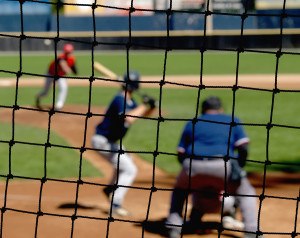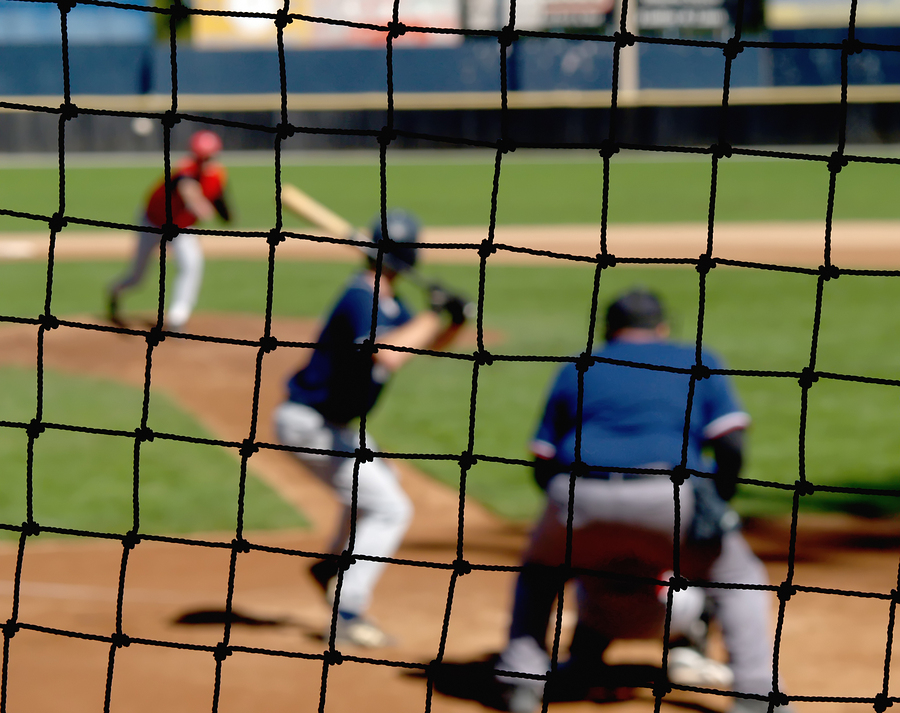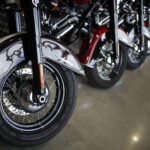Baseball is timeless. Is the Baseball Rule?
The century-old legal doctrine blocks fans from suing a ball club if they get hurt by a foul ball or a shattered bat. The reason: Fans accept the risk of injury at a ballgame because they know batters will occasionally rocket balls into the grandstands.
Fresh off the New York Yankees’ playoff-game win against the Minnesota Twins, a New York appeals court will consider a lawsuit that is testing whether the Baseball Rule – like the Twins’ 2017 season – is now obsolete.
The plaintiff, a lawyer for a private equity fund who was badly injured by a Yankee Stadium foul ball in 2011, says the doctrine should no longer apply because of distractions such as exploding scoreboards and the extra risk from field-level seats that are closer to the playing field. He wants the court to scale back the rule and reinstate his negligence lawsuit.
The argument, two weeks after a foul line drive at Yankee Stadium sent a toddler to the hospital, comes amid heightened attention to ballpark safety. Following a drumbeat of reports about fan injuries, Major League Baseball in 2015 suggested that teams provide protective netting up to the start of the two teams’ dugouts. Since then, about one-third of the league’s 30 clubs extended netting to the ends of the dugouts, and some, such as the New York Mets, have gone even farther.
 The Yankees said on Sunday they’d “significantly expand” their netting next season. Even with that, however, Zlotnick’s challenge aims to undermine the Baseball Rule, a development that could cost teams money in legal costs and settlements, as well as spur teams across the country to install nets and adopt other safety measures.
The Yankees said on Sunday they’d “significantly expand” their netting next season. Even with that, however, Zlotnick’s challenge aims to undermine the Baseball Rule, a development that could cost teams money in legal costs and settlements, as well as spur teams across the country to install nets and adopt other safety measures.
“A loss would force them to put the fans’ safety before their own financial interests,” said Bob Gorman, a retired university librarian who has written a book on baseball-related deaths and injuries.
‘A Missile’
The case was brought by Andrew Zlotnick, a real estate lawyer and lifelong Yankees fan who on Aug. 25, 2011, was watching the team play the Oakland Athletics with his 12-year-old son and his son’s two friends. The Yankees played in a steady downpour, eager to finish the game as a hurricane approached, Zlotnick’s lawyers said in a legal brief.
Zlotnick was seated a few rows from the field and about 200 feet from home plate, along the right field line. Trying to stay dry, fans huddled under umbrellas, limiting Zlotnick’s view. In the bottom of the third inning, he was hit by a line-drive foul off the bat of an Oakland hitter.
“It was like Bam! I just got hit with a missile in the side of the head,” he said.
Zlotnick needed surgery to repair his eye socket, saddling him with $25,000 in unreimbursed medical costs, and was left with permanent damage to his vision. Along with advocating for greater fan safety, he sued the Yankees and Major League Baseball, saying the team made the game more dangerous by playing in the heavy rain and permitting umbrellas to block fans’ views. A Bronx judge threw the case out, saying Zlotnick knew the risk and citing the state’s version of the Baseball Rule.
Under the rule, ballpark owners need only provide screening behind home plate, with enough room for fans who choose to sit there. Anyone outside the screened area – along the baselines, behind the dugout or in the outfield – is considered to have assumed the risk of injury from foul balls, errant throws and broken bats, said Roger Abrams, an expert on sports law at Northeastern University School of Law. A few states have rejected the rule, but most that have considered it, including New York, follow it.
Zlotnick’s main argument centers on the Yankees alleged failure to police fans using umbrellas in the stands. But he’s also attacking the Baseball Rule, urging the court to narrow it or reject it entirely. He advances a “distraction theory” of liability, saying that external distractions at sporting events – “promotions, large screen televisions, jumbotrons, replay cameras, parks, recreations and bars” – divert spectators’ attention and place them at greater risk from foul balls.
“Given the change in baseball, with more powerful batters and pitchers throwing and striking balls with greater velocity and force, adhering to outdated screening methods that no longer provide necessary protection for spectators makes little sense,” they wrote in their brief.
Lawyers for the Yankees and Major League Baseball defend the rule, which some trace to a 1908 decision in Michigan. As a longtime baseball fan, Zlotnick knew the risks of sitting near the field, they argue. They also say there has been no “fundamental change in the game” justifying the abandonment of the doctrine.
Luxury Box
Left unsaid, at least in the Yankees’ legal brief, is that many fans object to the net, saying it compromises the view from some of the best – and most expensive – seats in the stadium.
As another court wrote in 2001, “There is inherent value in having most seats unprotected by a screen because baseball patrons generally want to be involved with the game in an intimate way and are even hoping that they will come in contact with some projectile from the field (in the form of a souvenir baseball).”
The only MLB team to be directly affected by the case will be the Yankees, but the ruling may influence courts elsewhere. The eventual loser could appeal the decision from the mid-level appeals court to New York’s highest court, which sets statewide standards. The Yankees point to a 2014 decision by another set of state judges against a fan injured by a foul ball while seated in a luxury box at the Mets’ Citi Field.
Gorman, the author, said he believes teams’ reliance on the Baseball Rule has discouraged owners from pursuing safety improvements. Courtroom wins in cases such as Zlotnick’s can only help, he said.
“If they start losing cases, believe me, they’ll put up the netting,” he said.
Was this article valuable?
Here are more articles you may enjoy.


 In Fight Over Insurance, Neighbors Crowdsource LA Fire Contamination Data
In Fight Over Insurance, Neighbors Crowdsource LA Fire Contamination Data  EU Adopts Tariffs on $23B Billion of US Goods in Metals Fight
EU Adopts Tariffs on $23B Billion of US Goods in Metals Fight  AI Weather Models Promise Super Granular, Specialist Forecasts
AI Weather Models Promise Super Granular, Specialist Forecasts  Hedge Funds Are Hunting Deals in Risks Too Big for Insurers
Hedge Funds Are Hunting Deals in Risks Too Big for Insurers 